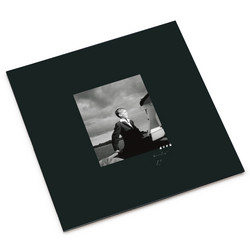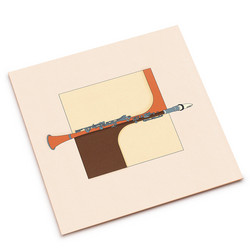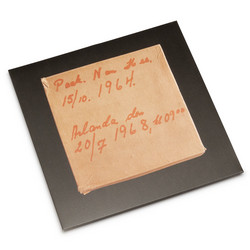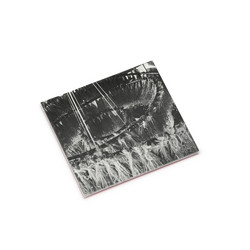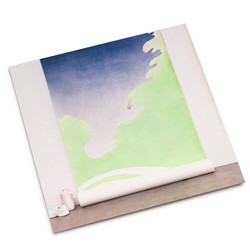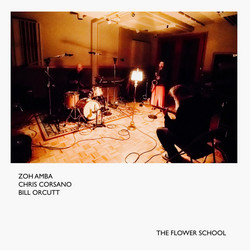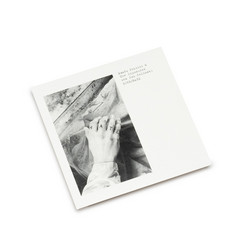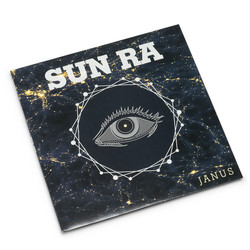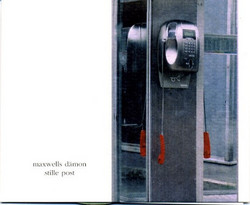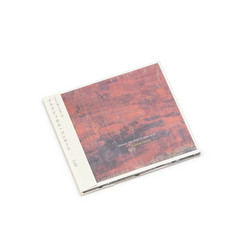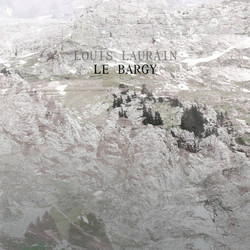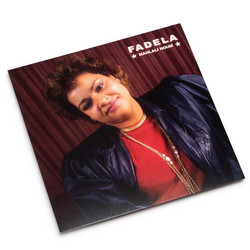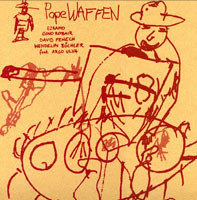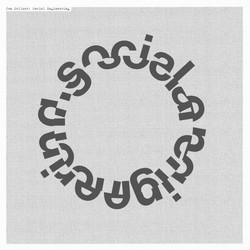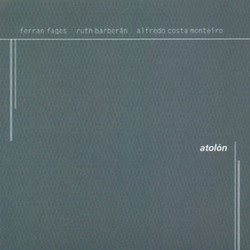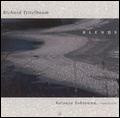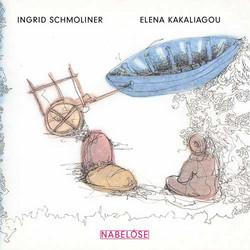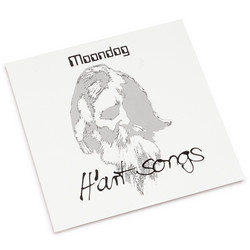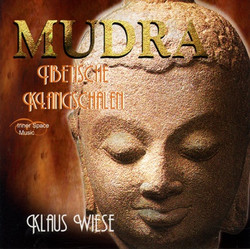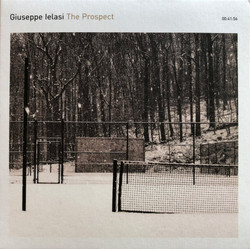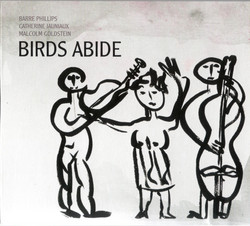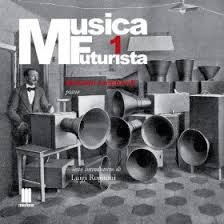Ahmed
Giant Beauty (5CD Box + Book)
Custom die-cut rigid slipcase, 5 CDs in double card sleeves, 96 page perfect bound book including an interview between Seymour Wright and John Chantler and additional texts by silvia tarozzi, magnus granberg, nate wooley, valerie mol, pär thörn and lars grip and drawings by guillaume delcourt and aliocha delcourt. Limited Edition of 500 copies. [Ahmed] is the quartet of Pat Thomas (piano), Joel Grip (double bass), Antonin Gerbal (drums) and Seymour Wright (alto saxophone). Together, the group re-arrange and re-imagine in real time the music of composer, bassist and oud player Ahmed Abdul-Malik (1927-1993). Five discs in a big box. Giant Beauty. Wrapped in excavated photographic detail from Stockholm’s legendary Golden Circle club.
“Every night the quartet brings a new song, takes it apart, puts it back together again, follows the music on unknown paths, sometimes back, sometimes not, but always remains in motion, flowing like a river in flood.” — Silvia Tarozzi
[Ahmed] have played some of the tunes on Giant Beauty multiple times before, and revisit them here, ‘versioning’. Antonin Gerbal kicks things straight into high gear with the propulsive snap of Nights on Saturn’s opening beat (a then recent, now out of print LP on Astral Spirits) and they close out on the fifth day with El Haris (Anxious), the tune they played and recorded at their first public performance in a rural Swedish barn for Joel Grip’s Hagen-fest in 2016 (and later released as the now out of print LP New Jazz Imagination on Umlaut).
The second night they played Oud Blues. A tune they’d done just the one time before but under radically different circumstances — a heaving, 600 strong dancefloor for Glasgow’s spirited Counterflows festival. That recording is also coming out now on a double LP via Astral Spirits as Wood Blues — but here they trade the raucous, ragged energy there for something more chiselled and focussed. Traces linger (a perfume) of the spare concentration in Éliane Radigue and Magnus Granberg’s music heard earlier that night.
We also hear two new tunes that appear on record for the first time — the vibrant swing of African Bossa Nova giving way to the zoned in drone of Rooh (The Soul) the following night. Rooh opens with Joel Grip’s bass channelling cellist Abdul Wadud who died the same week and the performance is dedicated to him.
No discussion.
No plan.
No solos.
The end goal for [Ahmed] is an open, ongoing learning. An ongoing excavation of the past and re-imagination of a future music. It’s jazz but also not (only) jazz, forged through a deep commitment to a variety of musical methods and an appreciation of how the context of the music’s making informs, shapes and becomes what it is. It always comes back to time and space. The five-night residency as idea, history and lived reality provides further cause for investigation, food for thought and prompts for action.
You can read Seymour Wright talking through these implications in the extended interview with Edition festival director John Chantler in the accompanying book.
The images that appear on the outer covers of the box, discs and book are details of photographs taken at the Golden Circle, Stockholm in the mid 1960s: the outer cover by Christer Landergren, and the others by Leif Wigh during a Dexter Gordon residency in 1965. Looking back into these images of Stockholm-space that the music [Ahmed] made at Fylkingen seemed rooted or seeded in, we discovered that, fascinatingly, plants — rubber (Ficus elastica) and Swiss-cheese (Monstera deliciosa) — were resident in the Golden Circle’s very modern concrete-curtained-glass-and-metal space. They lived on-stage and in-audience as the music took place and grew across nights, days and weeks around, and about them. This unusual and unexpected (to us) organic, holistic musical, architectural, botanical, volatile balance seems to resonate with something that Abdul-Malik told Bill Coss in a 1963 interview for Downbeat:
Really, a musician should be in excellent condition, physically, mentally, professionally and scientifically […] I have studied all the elements: animals, insects, plants, space - the universe - old and new jazz but most importantly the Creator.
How can you play beauty without knowing what beauty is, what it really is? Understanding the Creator leads to understanding the creations, and better understanding of what you play comes from this. How can you understand fully without knowing the start, the continuation, and the ending?
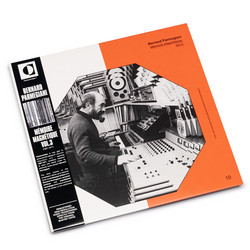
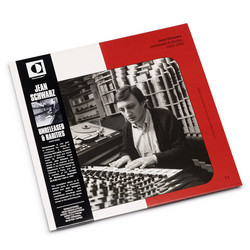
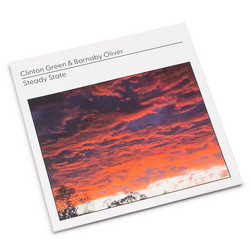


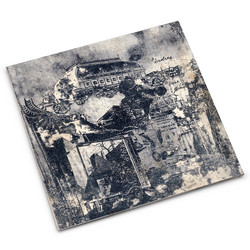
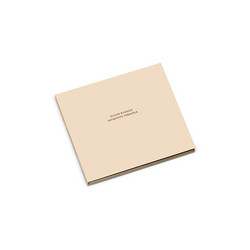
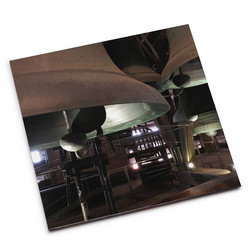
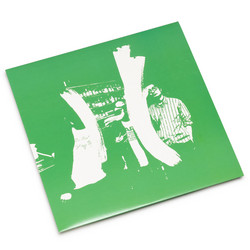

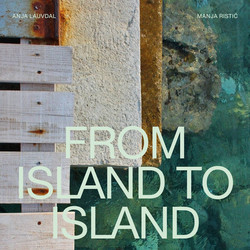
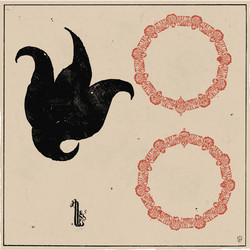
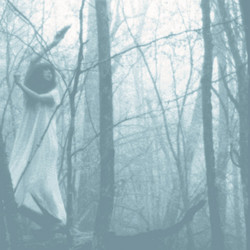

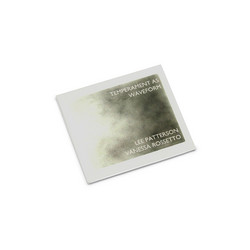

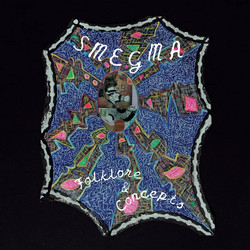
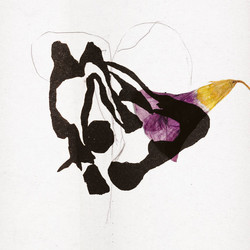

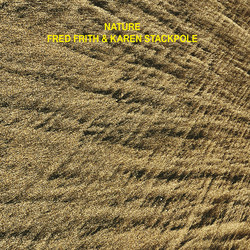
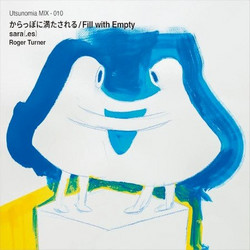
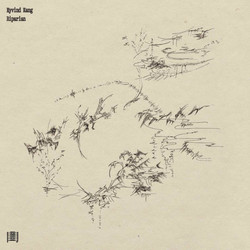
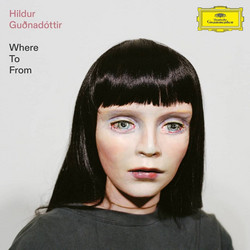
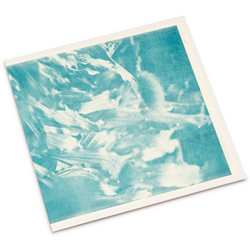
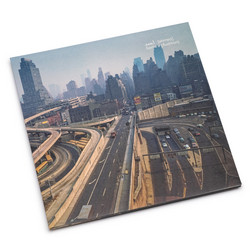


![[AHAD]/[WAHID]](https://cdn.soundohm.com/data/products/2022-12/-AHAD-jpg.jpg.250.jpg)

![Super Majnoon [East Meets West]](https://cdn.soundohm.com/data/products/036/ahmed-super-majnoon-east-meets.jpg.250.jpg)
